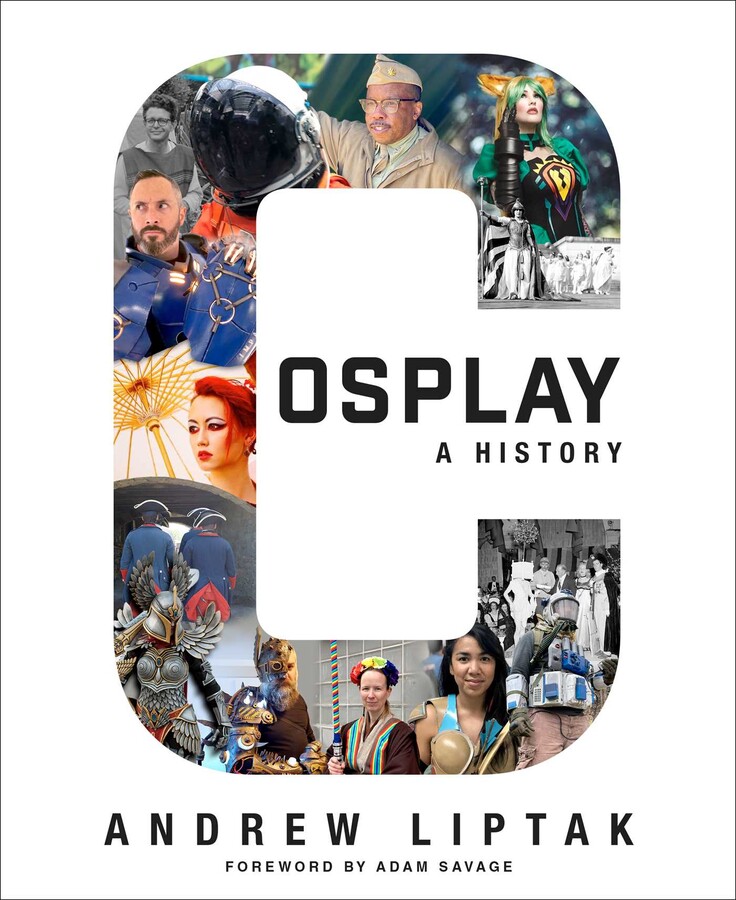Science fiction has a deep, rich past—one that sees its roots stretch back to ancient times. Fans and scholars often point to Mary Shelley’s 1818 novel Frankenstein: or, The Modern Prometheus as its most recognizable origin point, followed by the works of authors like Jules Verne, H. G. Wells, Edgar Allan Poe, and many, many others. In the early twentieth century, one enterprising editor, Hugo Gernsback, founded Amazing Stories magazine, the first publication dedicated to the types of stories that would come to be known as “science fiction.” Born in Luxembourg in 1884, Gernsback immigrated to the United States at age twenty and quickly set up a magazine called Modern Electrics, which featured articles and fiction geared toward radio enthusiasts, as well as parts that they could buy.
Gernsback was already a fan of a growing body of fiction featuring fantastic technologies written by authors such as Shelley, Wells, Verne, and Poe, and he began to include short, science-driven stories in his own publications, including his own serialized novel, Ralph 124C 41+.
Gernsback wasn’t the first editor to solicit and include science fiction in his publications, but he recognized the appetite from technologically minded readers, who yearned to imagine what the future might hold—especially what gadgets they might someday use. To feed that appetite, he founded Amazing Stories in 1926.
Amazing Stories was a lightning strike in a primordial pond: a jolt of energy to the right set of ingredients. Its bold, garish covers and fantastical contents attracted many would-be science-fiction writers and fans, and it quickly became a hit on newsstands.
Gernback quickly added other serials to his lineup, such as Air Wonder Stories, Science Wonder Quarterly, and Scientific Detective Monthly. In his magazines, Gernsback introduced a useful feature for his readers: a letter column that allowed them to respond to stories or one another and locate nearby fans.
Gernsback wanted to build a durable audience that would remain engaged with his publications (and thus continue to buy them) and in 1934 launched a fan club called the Science Fiction League, with local chapters scattered around the world. The desire to meet and interact with other fans grew beyond Gernsback’s network; groups like the Futurians in New York City and the Lost Angeles Science Fantasy Society have their roots as his club’s chapters, but eventually established their own identities, These groups brought together science fiction fans for regular meetings to socialize, discuss their favorite stories, and critique one another’s own stories. Out of these fan clubs emerged some of the genre’s foundational individuals, such as Isaac Asimov, Ray Bradbury, Frederik Pohl, C. L. Moore, and Forrest Ackerman, who encouraged and competed with one another to break into the growing field of magazines.
